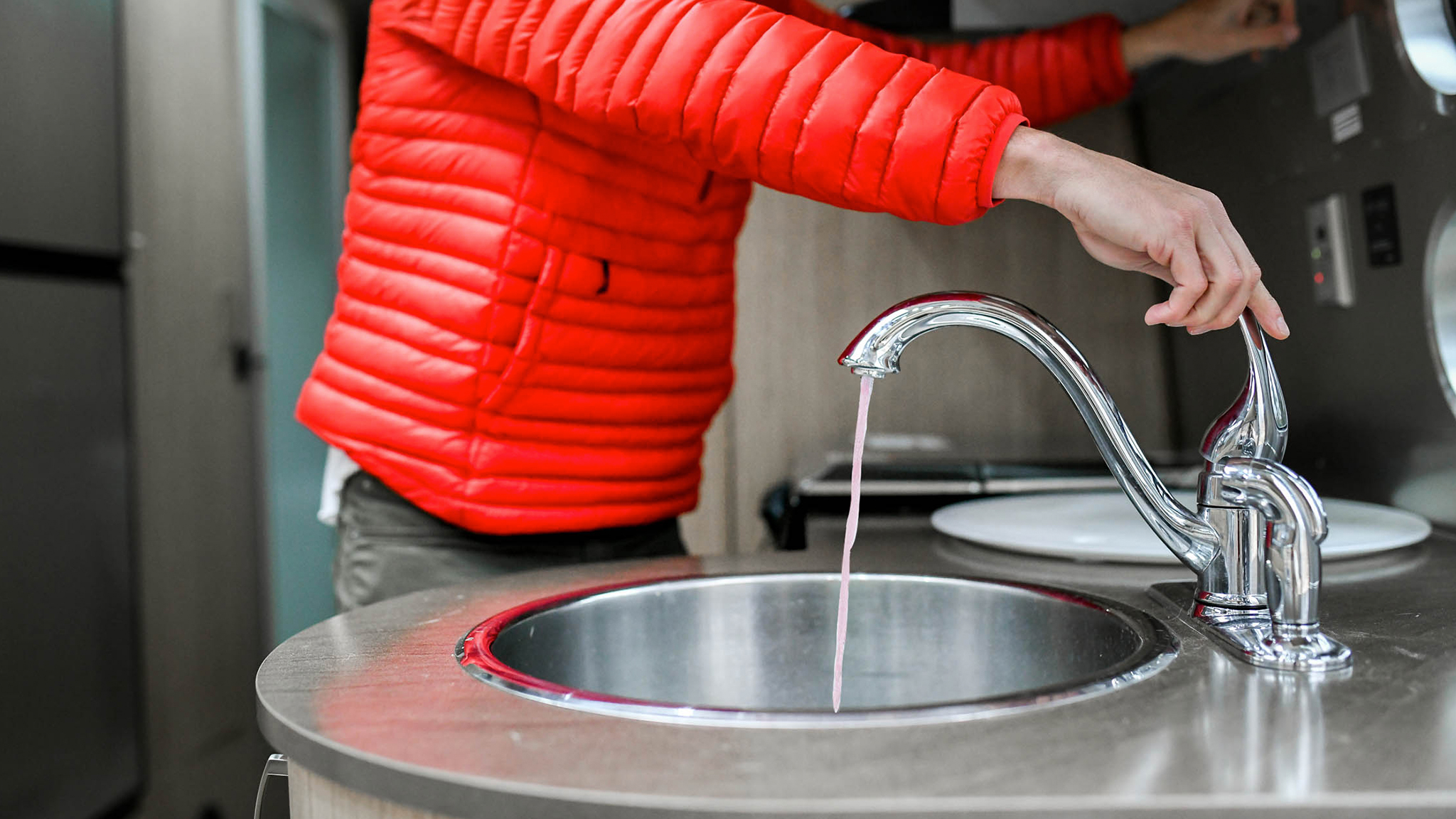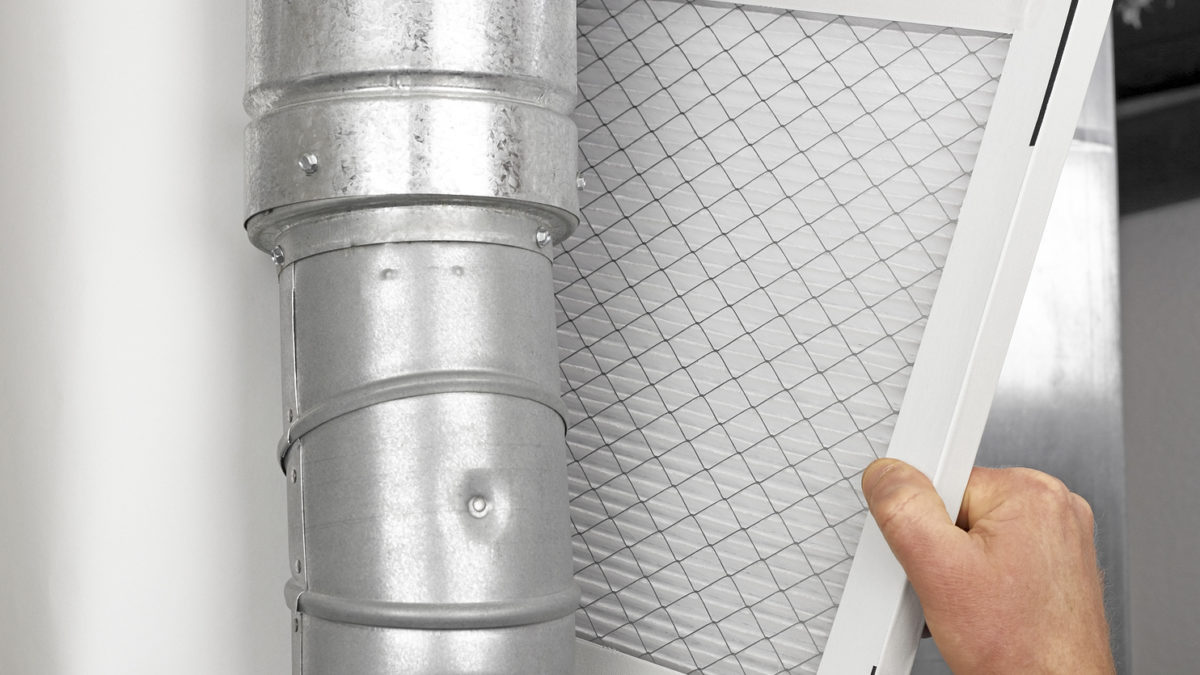Useful Plumbing Winterization Techniques to Stop Pipe Bursts in Chilly Conditions
Useful Plumbing Winterization Techniques to Stop Pipe Bursts in Chilly Conditions
Blog Article
We have discovered this article pertaining to Winterizing Your Pipes down the page on the internet and believe it made perfect sense to talk about it with you on this site.

All homeowners that live in pleasant environments need to do their best to winterize their pipes. Failure to do so can mean calamity like frozen, broken, or ruptured pipelines.
Turn On the Faucets
When the temperature level drops and also it appears as if the freezing temperature level will last, it will certainly aid to turn on your water both indoors as well as outdoors. This will certainly maintain the water flowing via your plumbing systems. You'll end up throwing away gallons of water this way.
Open Cabinet Doors Hiding Plumbing
When it's cold outside, it would certainly be handy to open cabinet doors that are camouflaging your pipes. They could be someplace in your kitchen or bathroom. This will enable the warm air from your heating system to circulate there. As a result, you avoid these exposed pipelines from freezing. Doing this small method can keep your pipelines cozy and restrict the possibly dangerous results of freezing temperature levels.
Require Time to Wrap Exposed Pipeline
One great and simple hack to heat up cold pipelines is to cover them with cozy towels. You can cover them initially with towels. After securing them in place, you can put boiling water on the towels. Do it gradually to allow the towels absorb the fluid. You can also make use of pre-soaked towels in hot water, just do not neglect to wear protective handwear covers to guard your hands from the warmth.
Attempt a Hair Dryer or Warm Weapon
When your pipes are virtually freezing, your trusty hair dryer or warmth weapon is a godsend. If the warm towels do not aid dislodge any clearing up ice in your pipelines, bowling hot air directly into them may assist. Nonetheless, do not use various other items that produce straight flames like an impact lantern. This can lead to a bigger catastrophe that you can not control. You might end up harmful your pipes while trying to thaw the ice. As well as in the future, you may even end up shedding your house. So be careful!
Shut down Water When Pipelines are Frozen
Switch off the major water valve promptly if you notice that your pipes are completely frozen or almost nearing that phase. You will usually find this in your cellar or utility room near the heater or the front wall surface closest to the street. Transform it off immediately to prevent further damages.
With even more water, more ice will certainly pile up, which will ultimately lead to rupture pipelines. If you are not sure concerning the state of your pipelines this winter months, it is best to call a specialist plumber for an inspection.
All property owners who live in temperate environments have to do their finest to winterize their pipes. Failure to do so can lead to catastrophe like frozen, cracked, or ruptured pipes. If the hot towels do not aid remove any resolving ice in your pipelines, bowling hot air straight into them might aid. Turn off the major water valve instantly if you see that your pipes are entirely frozen or virtually nearing that stage. With even more water, even more ice will load up, which will at some point lead to rupture pipes.
PREVENT YOUR PIPES FROM FREEZING THIS WINTER
A Leading Cause of Property Damage
When the weather is taking a deep nose dive into the cold dreary days, the risk of your pipes freezing and potentially bursting skyrockets. Unfortunately, during these cold dreary months, burst pipes are the most common denominator for property damage. The pipes that are most at the risk are those that are in areas where it is most cold in your home. For instance, pipes located in interior places such as basements, attics, and your garage. Unfortunately, that doesn’t mean that the pipes running through your cabinets or exterior walls can’t freeze. Good news, however, is that you can do things to help prevent pipes from freezing.
How to Prevent Pipes From Freezing
Once the temperature starts to drop during the winter, you should be taking the proper measures needed to ensure that your pipes stay warm and that there is circulation of water through them. Some steps that experts may recommend could go against your better judgement when it comes to saving water and heat. However, it would go without saying that when expenses are compared, damaged pipes could put a bigger dent in your wallet than a water bill.
What Can I Do?
Keep your garage door closed. This is very important, especially if you have water supply lines running through your garage. Open your kitchen and bathroom cabinets to allow warm air to circulate through them. Allow air circulation throughout your home. Keeping the interior doors open will once again allow the warm air to circulate inside your home. Ensure your thermostat is running the same temperature throughout the night and day. If you plan to be away from home during the cold months, set your temperature no lower than 55° F. This should provide enough heat to keep the pipes warm and prevent any remaining water inside the pipes from freezing. For more of a long-term solution, add insulation to attics, basement, and other crawl spaces around your home. By allowing your faucet to drip, it will alleviate pressure in the system. This is important because the pressure that is created between the blockage and the faucet can potentially cause the pipes to burst. Allowing the faucet to drip will prevent the pressure from building up, therefore keeping the pipes from bursting. Seal any cracks, openings, and crawl spaces around your home to prevent cold air from coming inside. This keeps your pipes-not to mention your home-warmer and less susceptible to issues caused by freezing temperatures. For the pipes in your home that are easily accessible, applying electrical tape to them might prevent them from freezing over. This is a quick fix, as you can apply the tape directly to the pipe. There are two options for heating tapes. One turns on and off by itself when it senses heat is needed. The other type of heating tape needs to be applied when heat is needed and removed when not necessary. If you have exposed pipes in your home, you can check this website to take a look at a few options that would be available at a shop near you.

We had been brought to that write-up on How to Prevent Frozen Pipes through someone on our other web address. If you appreciated our blog posting plz don't forget to pass it around. Thanks a lot for your time. Please check up our website back soon.
Burst? Reach us! Report this page